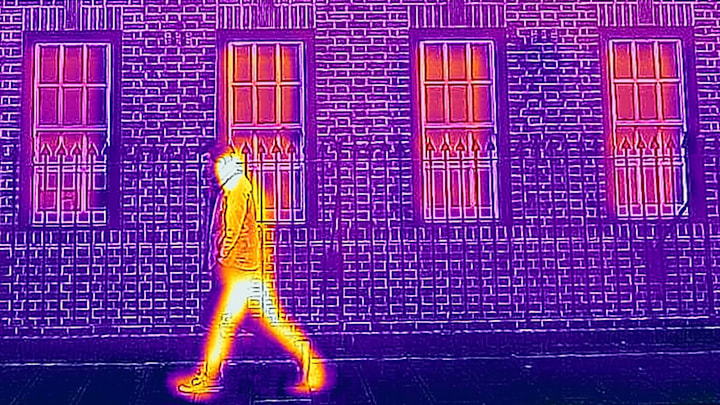As the weather gets colder, there’s nothing worse than a cold spot in your home, creating drafts and increasing your heating bills. These spots can make colder days seem even worse, and it can be surprisingly hard to locate the problem. Luckily, modern technology has created some tools that can help.
Infrared thermometers for quick cold spot detection
Before investing in heating equipment, insulating materials, and so forth, it can be helpful to identify your cold spots. An infrared thermometer is an affordable and effective tool that can help. By measuring surface temperatures around your home, you can quickly pinpoint the coldest areas, which can often be a route cold air is using to get in.
An infrared thermometer is budget-friendly and easy to use —just point and shoot to get an instant reading of a surface’s temperature. For instance, you might find that a certain wall, window, or corner of a room is significantly cooler than the rest of the space. Once you have this information, you can start taking action.
Thermal cameras for detailed cold spot mapping
While an infrared thermometer is fast and easy to use, a thermal camera can help you get a visual image of the temperature differences across an entire surface, making it easy to spot issues like poor insulation or drafty seals.
Though they are more expensive than thermometers, the level of detail you get can help you make targeted adjustments that can have a huge effect on reducing cold airflow.
Exploring the latest science and tech innovations: From AI to DIY projects
Using candles or smoke to detect drafts and air movement
While not high-tech, candles and smoke can help reveal subtle drafts and leaks that let cold air seep into your home, which might not be obvious by temperature alone. Light a candle or use an incense stick, and hold it near areas where you suspect drafts, like window frames, doorways, or around the edges of walls.
- If the flame flickers or the smoke shifts suddenly, it’s likely air movement caused by a draft.
- If the smoke drifts outward or moves in one direction, look in the opposite direction to find the source.
Using a candle or smoke offers an immediate visual cue about where the air is moving, helping you pinpoint the exact spots to address with weather stripping, caulking, or insulation. For safety, always move carefully with an open flame and avoid testing near flammable materials.
Follow GeekSided for more tips on staying warm
